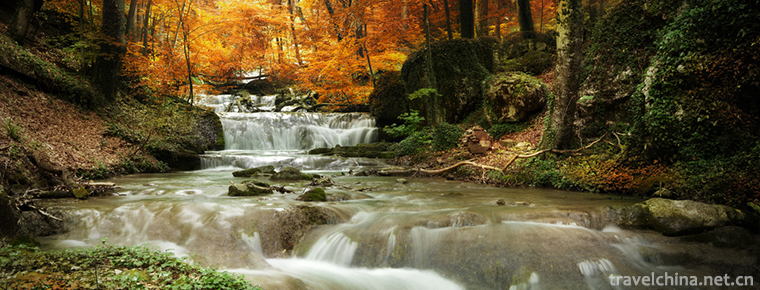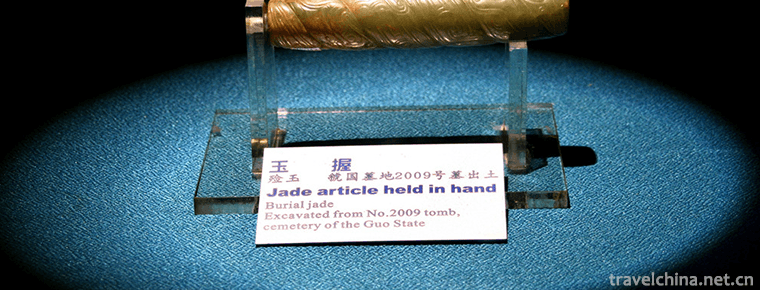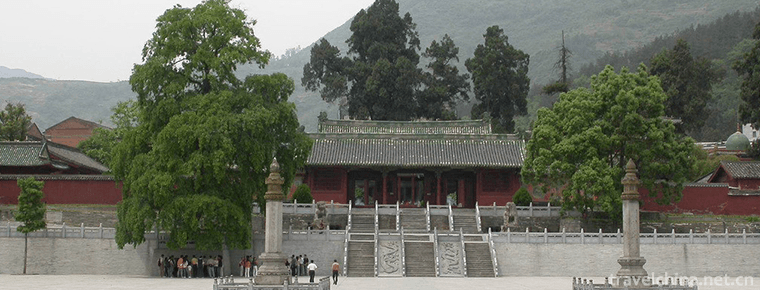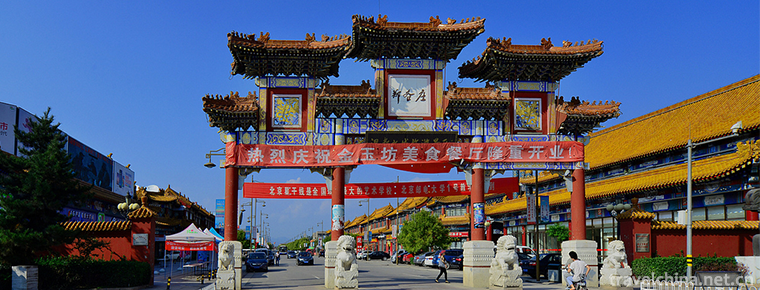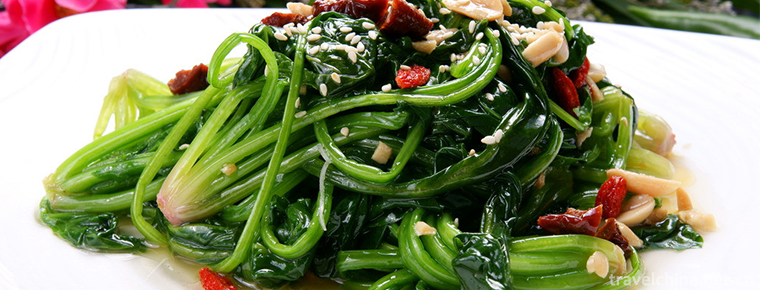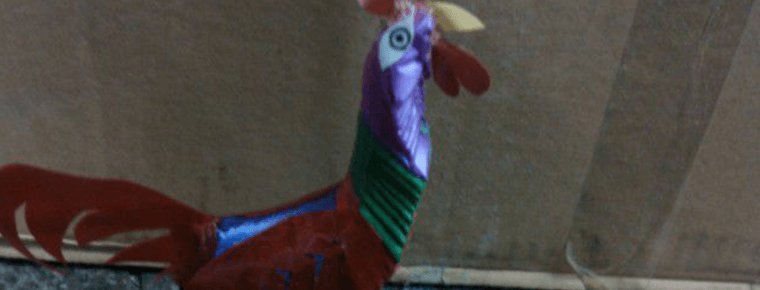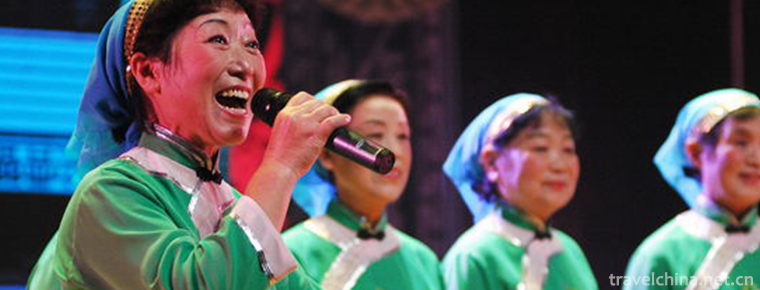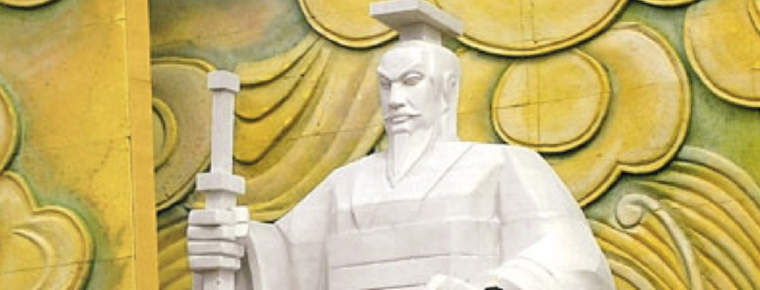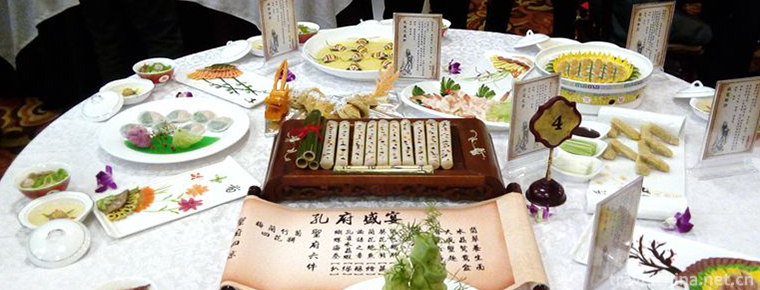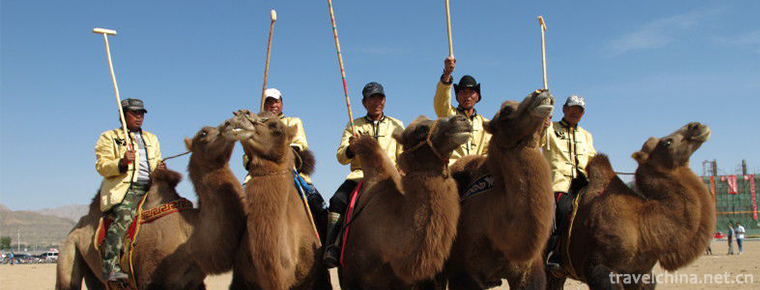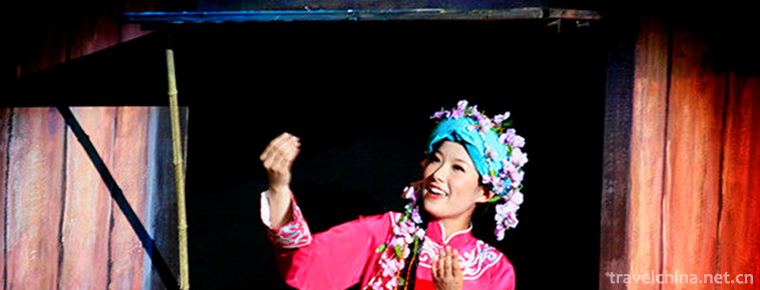Legend of Badaling Great Wall
Legend of Badaling Great Wall
Badaling Great Wall legend is one of the traditional folk legends in Beijing. It is rooted in the folk and has prominent dialect characteristics. It combines romanticism and realism skillfully. It has strong mythological and legendary color. It is an important part of the Great Wall culture of China.
On June 7, 2008, the legend of the Badaling Great Wall was approved by the State Council to be included in the second batch of national intangible cultural heritage lists.
Historical origin
Badaling Great Wall is the longest building history in Beijing area. It has been an important military site and transportation road since ancient times. The architectural history of Badaling Great Wall over 2300 years is the development history of Badaling Great Wall legend.
Since the 1980s, the County Cultural Museum has been collecting and sorting out the folklore of Badaling Great Wall . According to statistics, more than 160 legends of the Badaling Great Wall have been excavated and sorted out in the county.
These works are published in Yanqing Folk Tales and Legends, Gouchuan Folk Tales and Legends, Legends at the Foot of the Great Wall, The Great Wall of the Peak Fire, The Stories at the Foot of the Great Wall, Badaling Historical Tales and The Collection of Stories of the Great Wall of China. The works have distinct ideological, artistic and local characteristics. In recent years, with the rapid development of regional economy and society, books such as Bangshuiyu, Ligun and Shifo Temple, which record rural changes in Badaling area, have been published successively, enriching the content of legends in Badaling area.
primary coverage
Badaling Great Wall is the longest building history in Beijing area. It has been an important military site and transportation road since ancient times. The architectural history of Badaling Great Wall over 2300 years is the development history of Badaling Great Wall legend.
The Legend of the Badaling Great Wall covers a wide range of subjects and is rich in content. It expresses the thoughts and feelings of the masses, mainly in five aspects. Among them, the myths and legends of the Badaling Great Wall mainly include "Fairy Point Bricks", "The Origin of the Three Passes of the Great Wall", "Zhangguo Lao Xiu Jiaojie Tower" and "Erlang God and Catching the Mountain Whip". Meng Jiangnu's legends mainly include "Why Zongzi is a triangle", "Meng Jiangnu and the earliest section of the Great Wall" and "Hang Paper Anvilion". These legends have distinct local characteristics and manifestations. The legends of Badaling Great Wall area mainly include 72 legends of Guangou and legends of passes, castles, beacon towers and villages; the legends of the origin of the name of Badaling mainly include "Yuan Renzong was born in Yanqing", "Li Zicheng entered Beijing", "Bataling" and so on. In addition, the legend of the Badaling Great Wall also records the legends of people's production and life, season, customs and historical figures along the Badaling Great Wall.
Inheritance significance
The Legend of the Badaling Great Wall is a literary style of "original ecology". It is rooted in the folk and has prominent dialect characteristics. It combines romanticism with realism skillfully. It has strong mythological and legendary colors. It is an important part of the Great Wall culture of China. The legend of the Badaling Great Wall has a wide range of subjects, distinctive features, strong regionalism and strong ideological character. It also embodies the various folk customs and colorful cultural phenomena of the Badaling Great Wall. These beautiful and moving legends, which have been told and spread by countless people, are deeply rooted in the folk and endure for a long time.
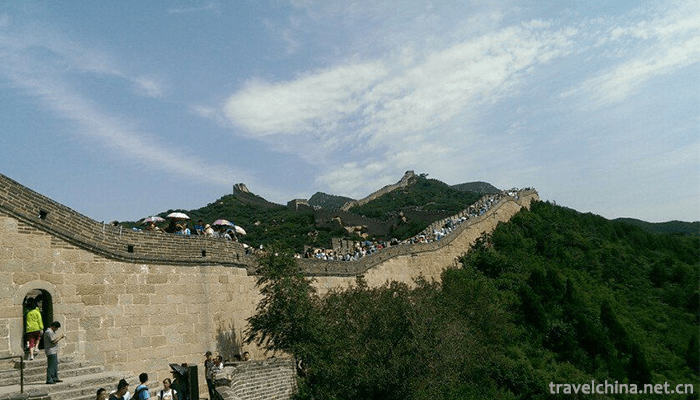
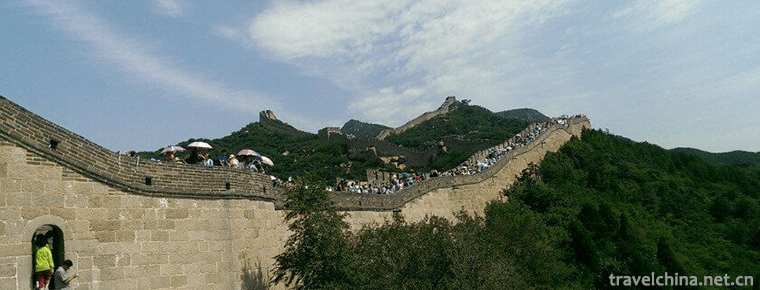
Legend of Badaling Great Wall
-
Mountain Yuntai
Yuntai Mountain is a world geological park, national AAAAA-class tourist attraction and national scenic spot, located at the junction of Xiuwu County in Jiaozuo City, Henan Province
Views: 166 Time 2018-10-29 -
Kuanguo Museum
The Kuanguo Museum is a special museum built on the site of the Kuanguo Cemetery in the Western Zhou Dynasty, a national key cultural relic protection unit. It covers an area of 100,000 square meters
Views: 222 Time 2019-01-13 -
Bao en Temple Pingwu
Pingwu Baoen Temple is located in Pingwu County, Sichuan Province. It is 184 kilometers away from Mianyang City and 300 kilometers away from Chengdu. Located in the northeast corner of the county town
Views: 197 Time 2019-02-07 -
hot spring leisure city
Wendu Shuicheng, Hongfu Wendu Shuicheng, is located 20 kilometers north of the Forbidden City of Beijing. It pillows Wenyu River, the Mother River of Beijing
Views: 204 Time 2019-02-22 -
Spinach with Eight Delicacies
Babao spinach is a traditional Shandong dish, which belongs to Shandong cuisine. It is rich in color, bright, delicious, light and refreshing. In addition to spinach, Babao spinach is also equipped wi
Views: 207 Time 2019-03-25 -
Straw weaving
Grass weaving is a popular folk handicraft. It makes use of the grass produced in different places to make materials locally and weave into various daily necessities
Views: 188 Time 2019-04-15 -
Chaohu folk songs
Chaohu Folk Song, the local traditional music of Chaohu City, Anhui Province, is one of the national intangible cultural heritage. On May 20, 2006, Chaohu
Views: 290 Time 2019-04-16 -
Huang Di memorial ceremony
Yellow Emperor's sacrificial ceremony is a kind of sacrificial music and dance to celebrate Xuanyuan Huangdi's pioneering achievements in Chinese civilization. The theme of
Views: 148 Time 2019-05-04 -
Cooking Skills of Confucian Cuisine
The cooking skill of Confucian cuisine, the traditional handicraft of Qufu City, Shandong Province, is one of the national intangible cultural heritages.
Views: 121 Time 2019-05-09 -
Mongolian camel raising custom
The Mongolian camel-raising custom has a long history. In the practice of production and life with a long history, camel has become the most loyal partner of mankind while making outstanding
Views: 101 Time 2019-06-04 -
Xunyang Folk Song
Xunyang Folk Song is one of the local folk songs in Xunyang County, Ankang City, Shaanxi Province. It has a long history, rich melodies, various types and different styles. Like other folk art forms,
Views: 143 Time 2019-07-09 -
Meishan science and technology
In 2019, 80 science and technology projects above the municipal level will be organized and implemented, and 27.73 million yuan of free science and technology project funds will be put in place. In the whole year, 433 patents were applied and 94 patents were
Views: 368 Time 2020-12-18
